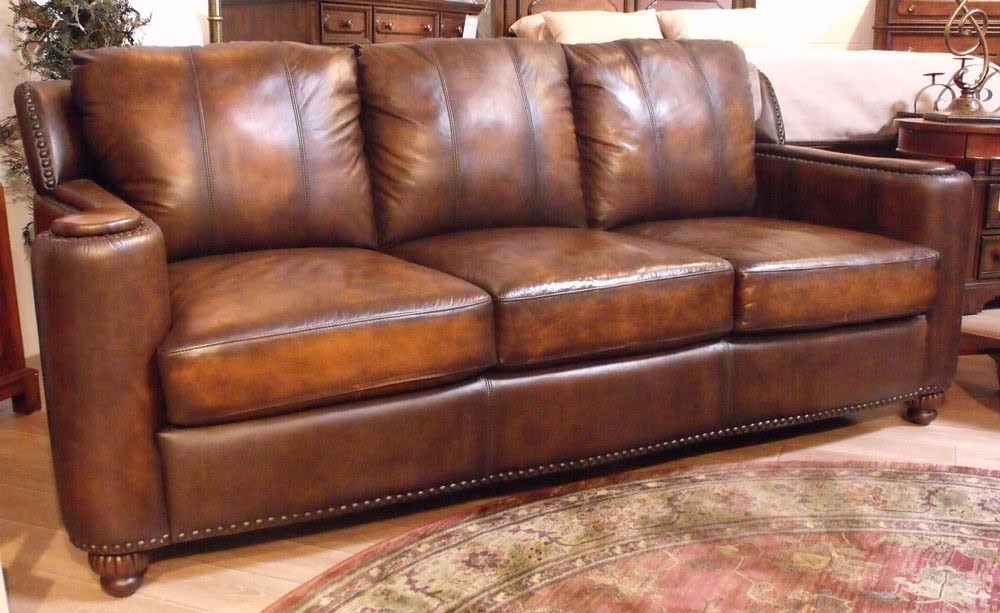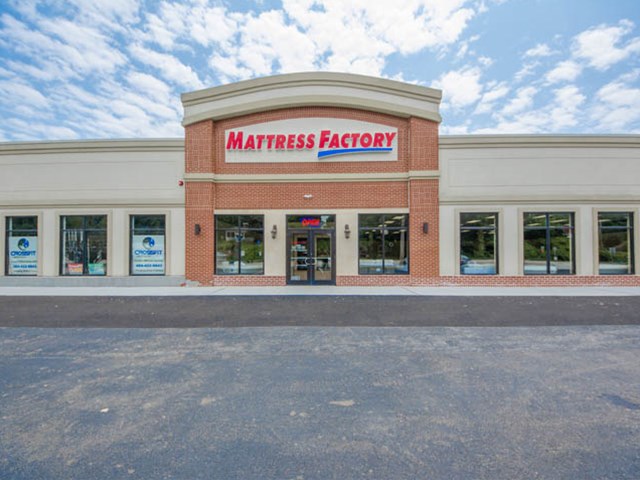Replacing a kitchen sink may seem like a daunting task, but with the right tools and knowledge, it can be a relatively simple DIY project. One of the key steps in this process is replacing the soldered copper pipe supply lines. In this article, we will guide you through the process of replacing your kitchen sink supply lines, from removing the old ones to installing the new ones.How to Replace a Kitchen Sink
Soldering copper pipe is a common technique used in plumbing to join two pieces of pipe together. It involves heating the pipe and applying a metal alloy called solder to create a strong, leak-proof connection. If you are not familiar with soldering, it is important to research and practice before attempting to solder your kitchen sink supply lines.How to Solder Copper Pipe
Before you can install the new supply lines for your kitchen sink, you need to remove the old ones. This involves cutting the soldered joints and carefully removing the old pipes. Once the old lines are removed, you can begin installing the new ones. This process may vary depending on the type of supply lines you choose, so be sure to follow the manufacturer's instructions carefully.How to Install Supply Lines for a Kitchen Sink
Replacing a kitchen sink supply lines can be broken down into several key steps: Step 1: Turn off the water supply to your sink. Step 2: Remove the old supply lines by cutting the soldered joints and carefully pulling them out. Step 3: Clean the ends of the copper pipes with sandpaper to remove any residue and ensure a clean surface for soldering. Step 4: Measure and cut the new supply lines to the desired length. Step 5: Apply flux to the ends of the copper pipes and the inside of the supply line fittings. Step 6: Use a propane torch to heat the pipes and fittings until the flux begins to bubble. Step 7: Apply solder to the joint and continue heating until the solder melts and creates a strong bond. Step 8: Repeat for all connections and allow the solder to cool and set. Step 9: Turn the water supply back on and test for any leaks.Step-by-Step Guide for Replacing a Kitchen Sink
Soldering can be a delicate process, and there are a few tips that can help ensure a successful job: Tip 1: Use a small propane torch to control the heat and avoid overheating the pipes. Tip 2: Use a heat-resistant cloth or glove to protect your hands from the hot pipes. Tip 3: Practice on scrap pieces of copper pipe before attempting to solder the actual supply lines.Tips for Soldering Copper Pipe for a Kitchen Sink
When it comes to choosing the right supply lines for your kitchen sink, there are a few options available: Option 1: Flexible supply lines made of braided stainless steel or plastic are the most popular choice due to their ease of installation and flexibility. Option 2: Rigid supply lines made of copper or chrome-plated copper are a more traditional option but require soldering for installation. Whichever option you choose, make sure to select supply lines that are the correct length and have the proper fittings for your sink and water supply.Choosing the Right Supply Lines for Your Kitchen Sink
Before you begin replacing your kitchen sink supply lines, make sure you have all the necessary tools and materials: Tools: Propane torch, pipe cutter, sandpaper, flux brush, solder, adjustable wrench Materials: Flexible or rigid supply lines, flux, solder, Teflon tapeTools and Materials Needed for Replacing a Kitchen Sink
While soldering copper pipe may seem straightforward, there are a few common mistakes that can lead to leaks or weak joints: Mistake 1: Not cleaning the pipes properly before soldering. Mistake 2: Overheating the pipes, which can cause the solder to melt and create a weak joint. Mistake 3: Using too much or too little solder, which can also result in weak joints. Be sure to follow the steps carefully and avoid these common mistakes for a successful soldering job.Common Mistakes to Avoid When Soldering Copper Pipe for a Kitchen Sink
If you are replacing your kitchen sink supply lines, you will likely need to remove old solder from the copper pipes. This can be done using a wire brush or sandpaper to scrub away the old solder. It is important to remove as much old solder as possible to ensure a clean surface for soldering the new supply lines.How to Remove Old Solder from Copper Pipe for a Kitchen Sink
While replacing kitchen sink supply lines can be a DIY project, it may be best to hire a professional if you are not comfortable with soldering or do not have the necessary tools. Improper installation can lead to leaks and other issues, so it is important to weigh your options and choose the best solution for your situation.Replacing Kitchen Sink Supply Lines: DIY vs Hiring a Professional
Benefits of Upgrading to Solderless Copper Pipe Supply Lines
:max_bytes(150000):strip_icc()/ReplaceCopperWithPEXMain-565ca15a5f9b5835e47800bb.jpg)
Improved Durability and Longevity
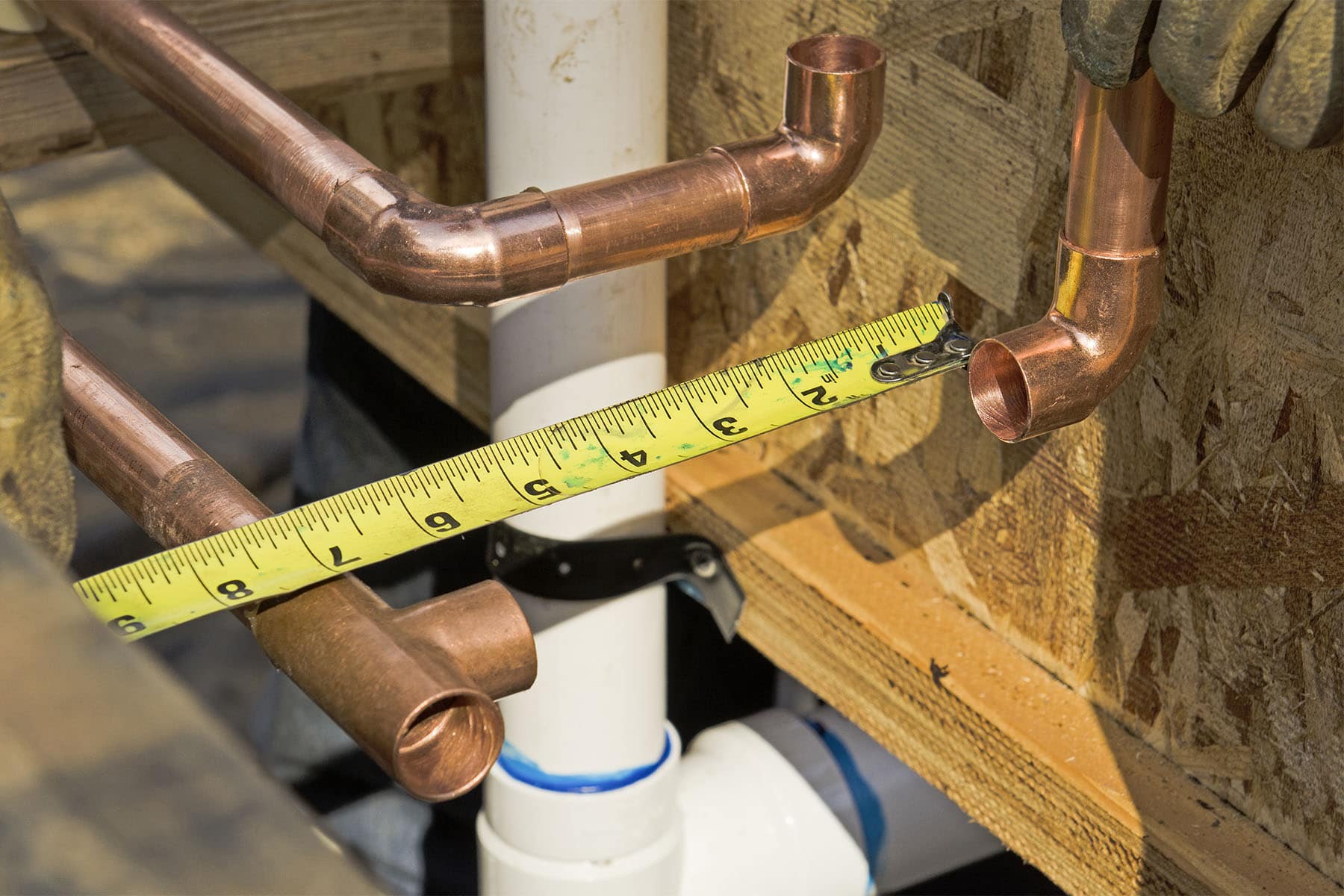 One of the main benefits of replacing kitchen sink soldered copper pipe supply lines is the improved durability and longevity that comes with it. Traditional soldered copper pipes are prone to corrosion and leaks over time, especially if they are exposed to harsh chemicals or hard water. By upgrading to solderless copper pipe supply lines, you can ensure that your plumbing system will last longer and require fewer repairs in the future.
One of the main benefits of replacing kitchen sink soldered copper pipe supply lines is the improved durability and longevity that comes with it. Traditional soldered copper pipes are prone to corrosion and leaks over time, especially if they are exposed to harsh chemicals or hard water. By upgrading to solderless copper pipe supply lines, you can ensure that your plumbing system will last longer and require fewer repairs in the future.
Increased Flexibility and Ease of Installation
:max_bytes(150000):strip_icc()/ConnectPEXtoCopperPipe-565c9d555f9b5835e477a655.jpg?resize=720%2C405&ssl=1) Unlike traditional soldered copper pipes, which require specialized equipment and expertise to install, solderless copper pipe supply lines are much more flexible and easier to install. This makes them a great option for DIY home improvement projects or for homeowners who want to save on installation costs. With solderless copper pipes, you can easily navigate around obstacles and make sharp turns, making them a more versatile option for your kitchen sink supply lines.
Unlike traditional soldered copper pipes, which require specialized equipment and expertise to install, solderless copper pipe supply lines are much more flexible and easier to install. This makes them a great option for DIY home improvement projects or for homeowners who want to save on installation costs. With solderless copper pipes, you can easily navigate around obstacles and make sharp turns, making them a more versatile option for your kitchen sink supply lines.
Leak-Proof and Contamination-Free
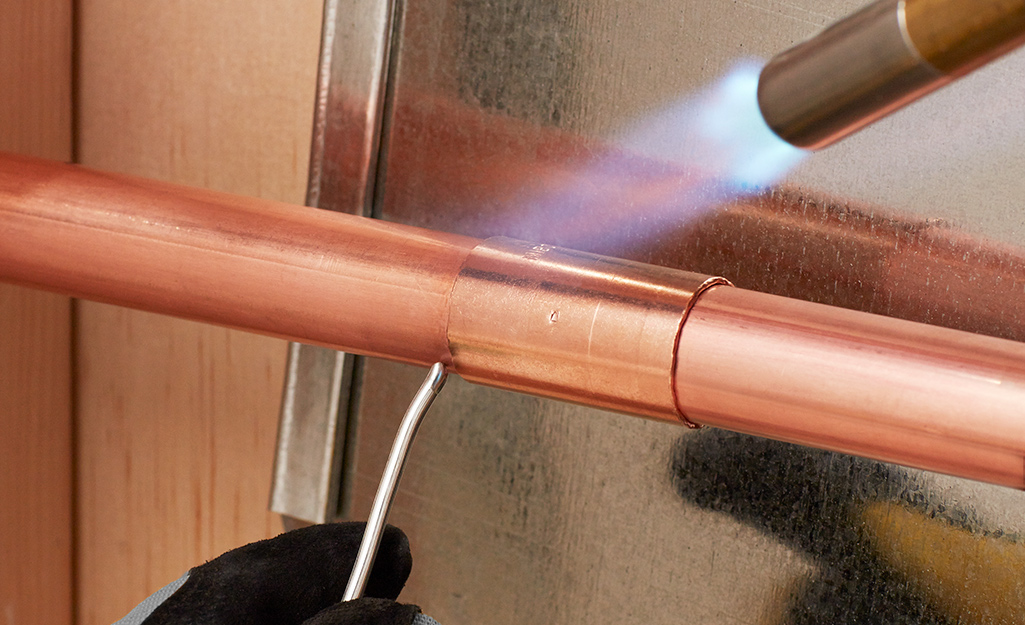 One of the biggest concerns with traditional soldered copper pipes is the risk of leaks and contamination. Soldered joints can easily crack or break, leading to leaks and potential water damage in your home. Solderless copper pipes, on the other hand, use compression fittings that create a secure and leak-proof seal, ensuring that your kitchen sink supply lines remain free from leaks and contamination. This not only protects your home from potential water damage but also ensures that your drinking water remains clean and safe for consumption.
One of the biggest concerns with traditional soldered copper pipes is the risk of leaks and contamination. Soldered joints can easily crack or break, leading to leaks and potential water damage in your home. Solderless copper pipes, on the other hand, use compression fittings that create a secure and leak-proof seal, ensuring that your kitchen sink supply lines remain free from leaks and contamination. This not only protects your home from potential water damage but also ensures that your drinking water remains clean and safe for consumption.
Cost-Effective and Energy-Efficient
 In addition to their durability and ease of installation, solderless copper pipe supply lines are also a cost-effective and energy-efficient option for your kitchen sink. These pipes have a smooth interior, which allows for a more efficient flow of water and reduces the risk of clogs and blockages. This, in turn, can help you save on your water bill and reduce energy consumption, making it a smart choice for both your wallet and the environment.
In addition to their durability and ease of installation, solderless copper pipe supply lines are also a cost-effective and energy-efficient option for your kitchen sink. These pipes have a smooth interior, which allows for a more efficient flow of water and reduces the risk of clogs and blockages. This, in turn, can help you save on your water bill and reduce energy consumption, making it a smart choice for both your wallet and the environment.
Upgrade Your Kitchen Sink with Solderless Copper Pipe Supply Lines
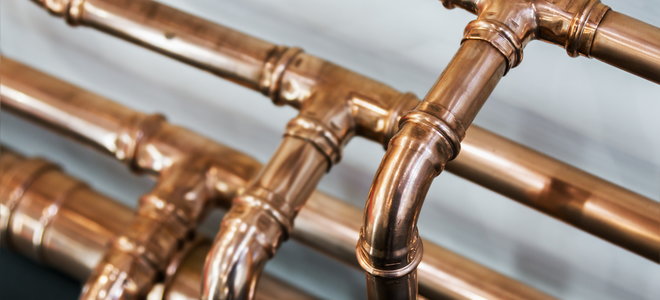 In conclusion, upgrading to solderless copper pipe supply lines for your kitchen sink can bring a multitude of benefits to your home. From improved durability and ease of installation to leak-proof and contamination-free pipes, this upgrade is a smart investment for any homeowner looking to improve their plumbing system. So, don't wait any longer - make the switch to solderless copper pipe supply lines and enjoy a more efficient and reliable kitchen sink for years to come.
In conclusion, upgrading to solderless copper pipe supply lines for your kitchen sink can bring a multitude of benefits to your home. From improved durability and ease of installation to leak-proof and contamination-free pipes, this upgrade is a smart investment for any homeowner looking to improve their plumbing system. So, don't wait any longer - make the switch to solderless copper pipe supply lines and enjoy a more efficient and reliable kitchen sink for years to come.









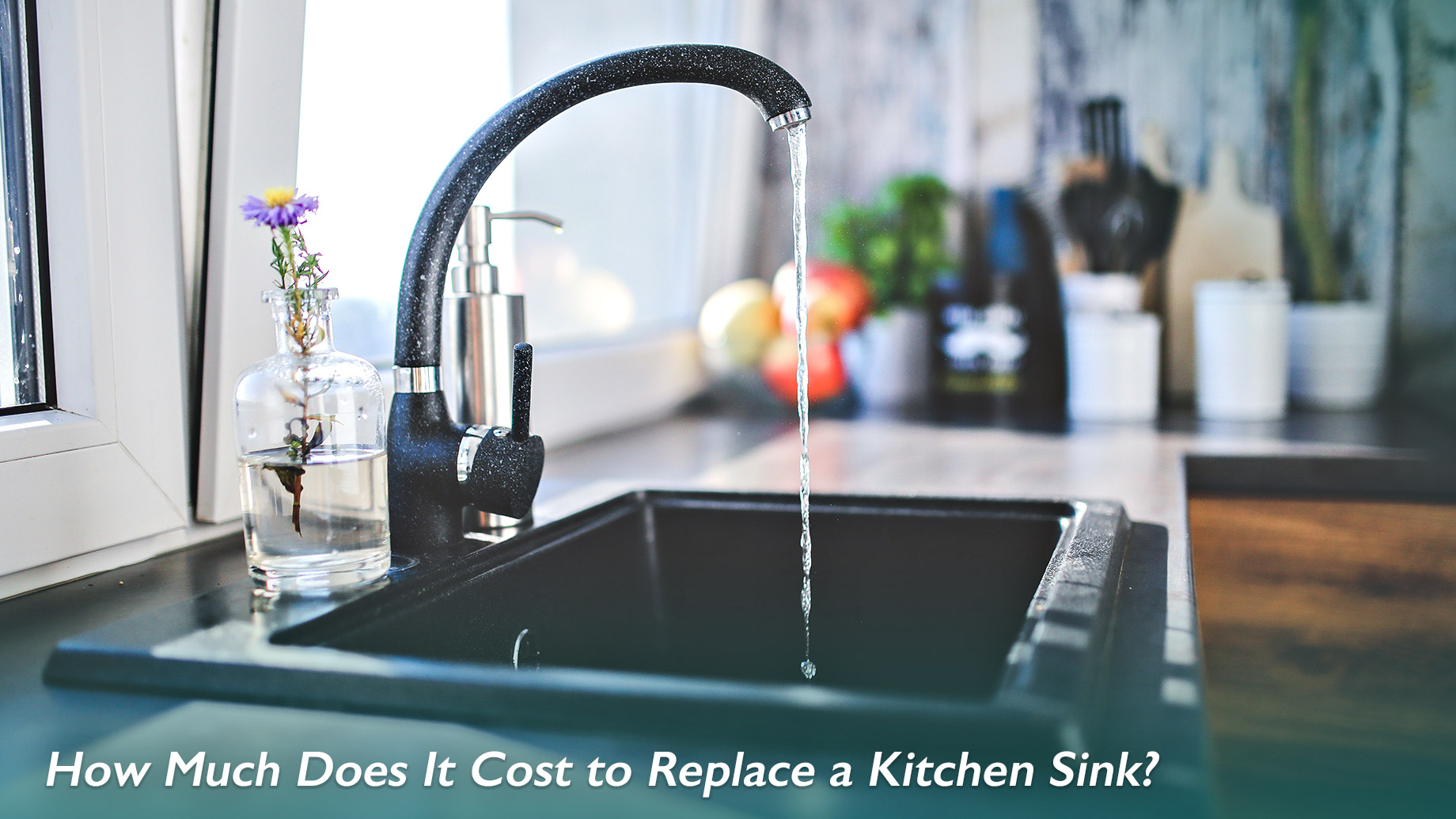

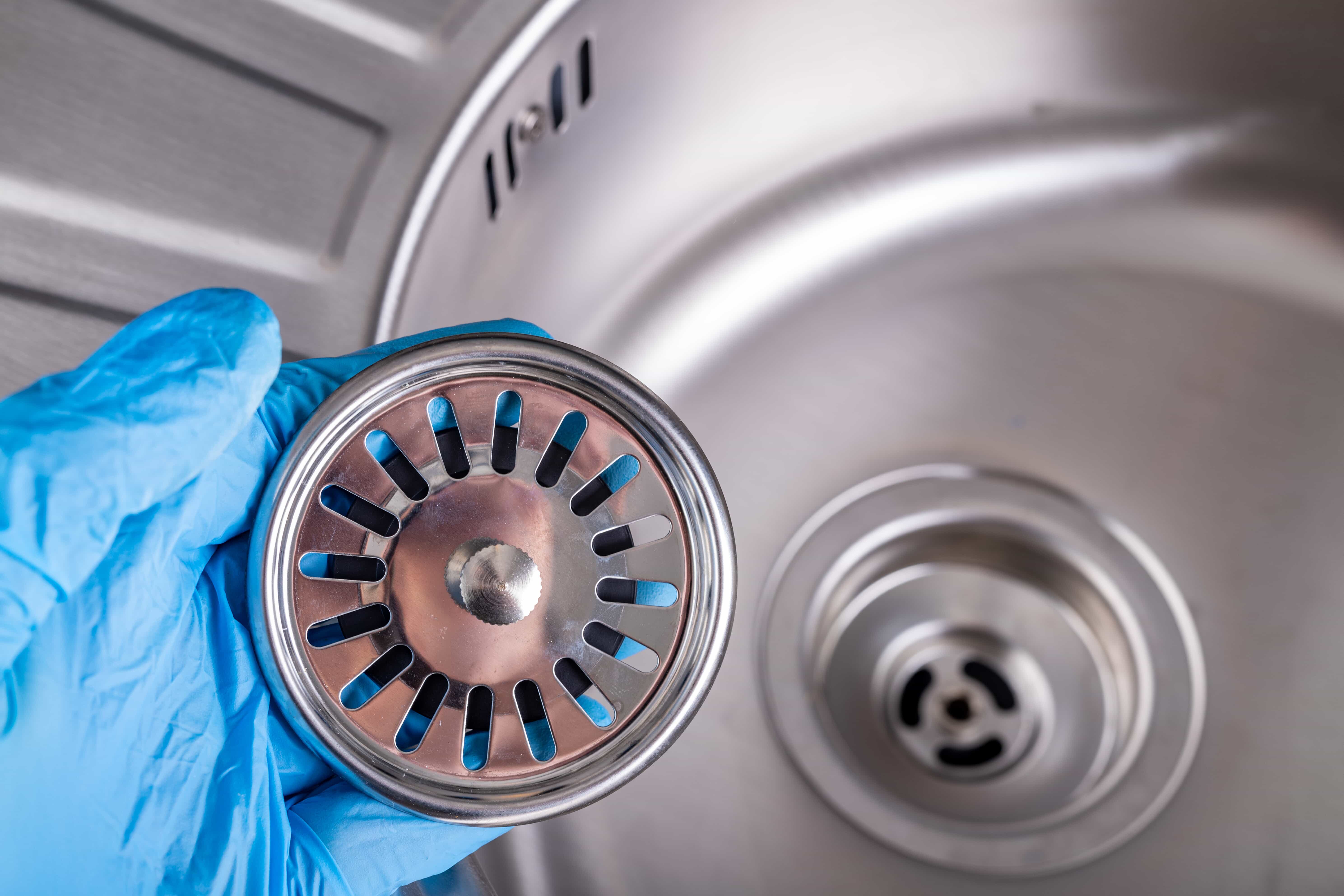

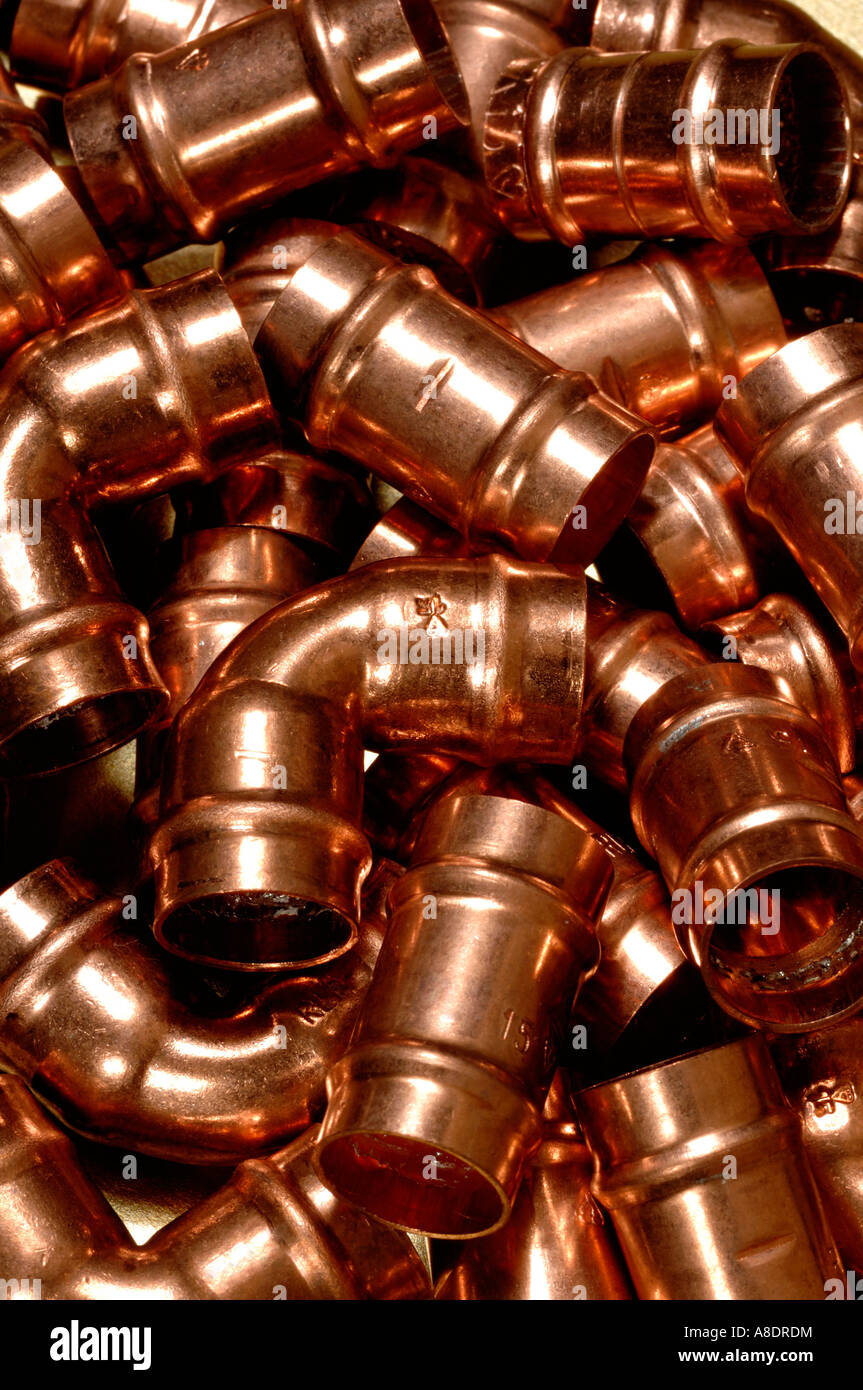


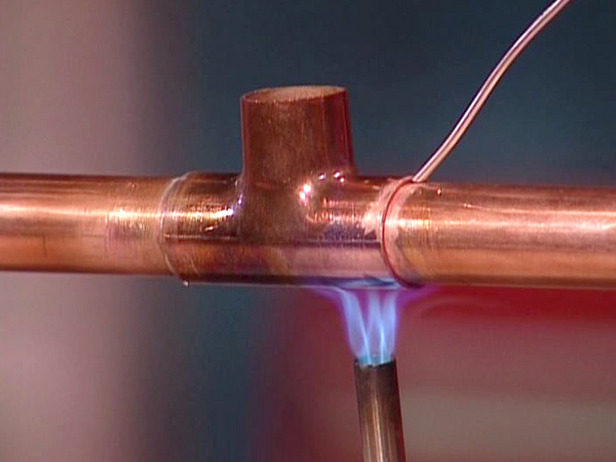

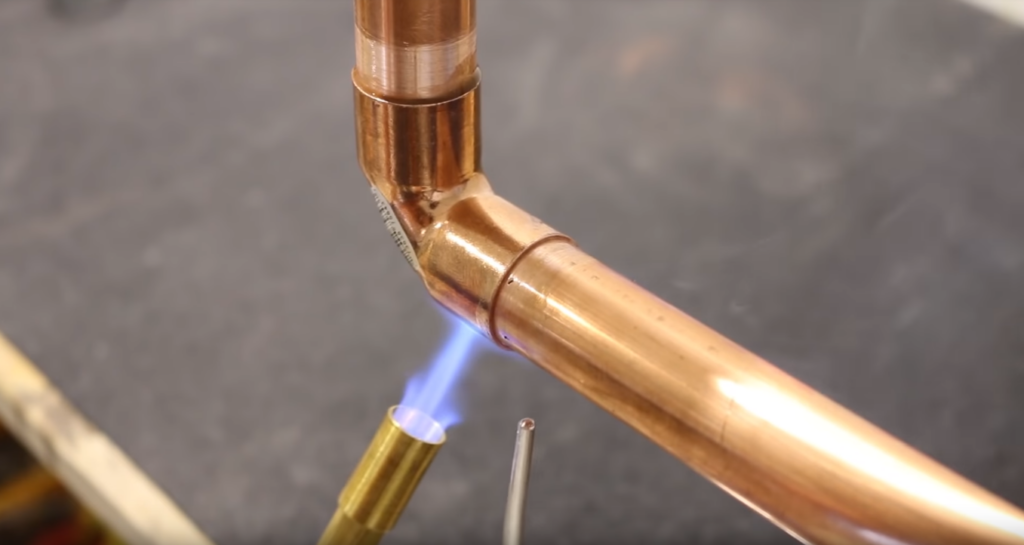

:max_bytes(150000):strip_icc()/Soldercopperpipe-GettyImages-157186637-597579fec4124400114f2c5f.jpg)
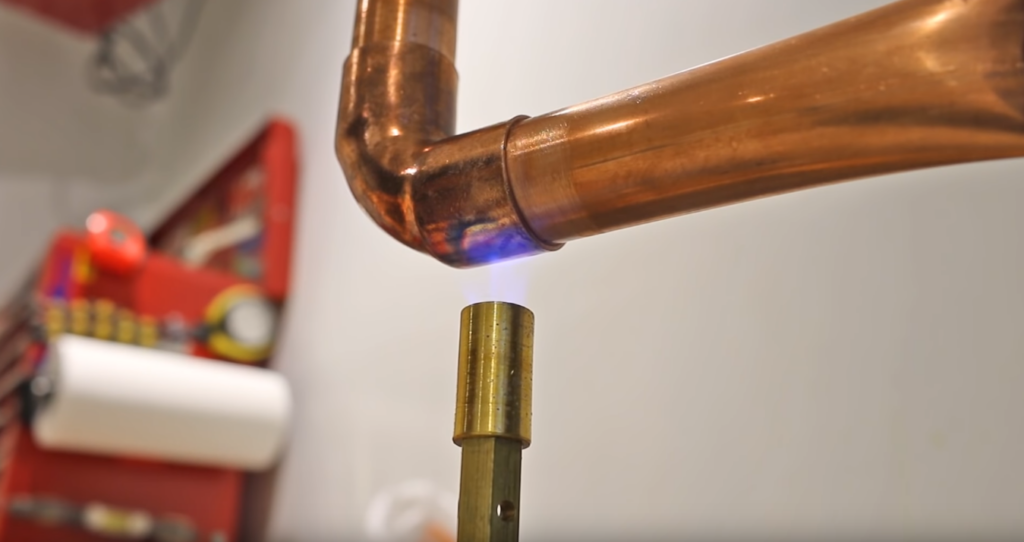



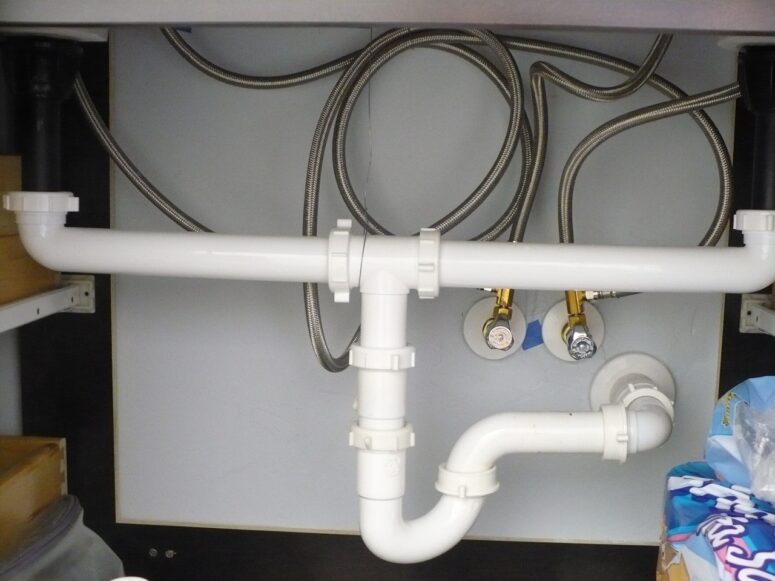

















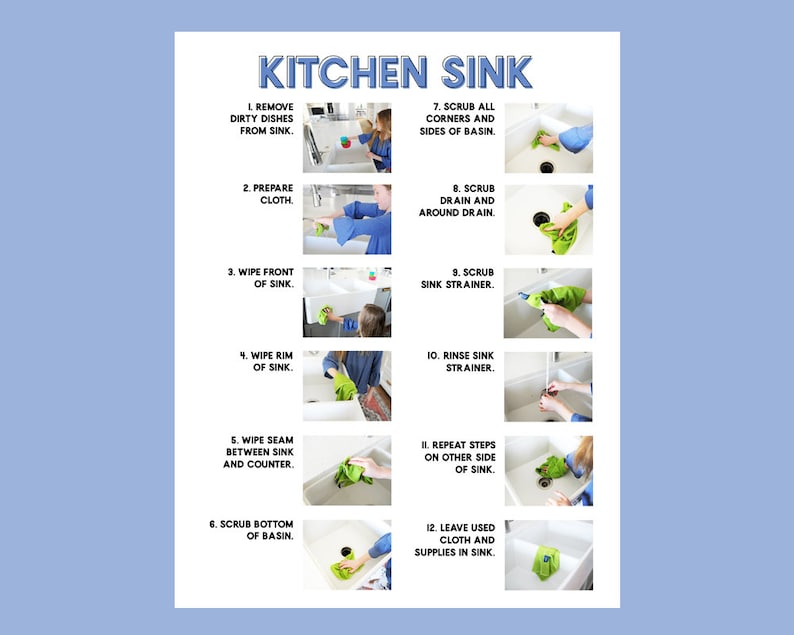





:max_bytes(150000):strip_icc()/soldering-a-copper-pipe-157186637-33a6a5e46b3f446d977d610a11e23b30.jpg)
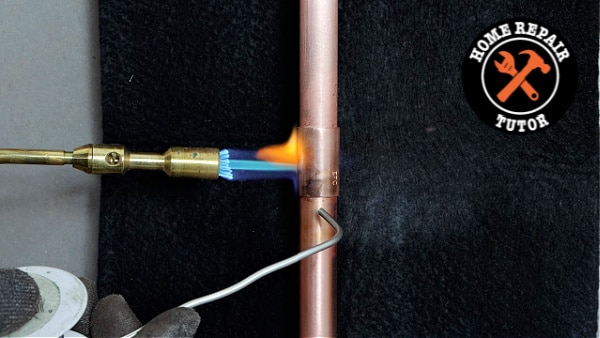
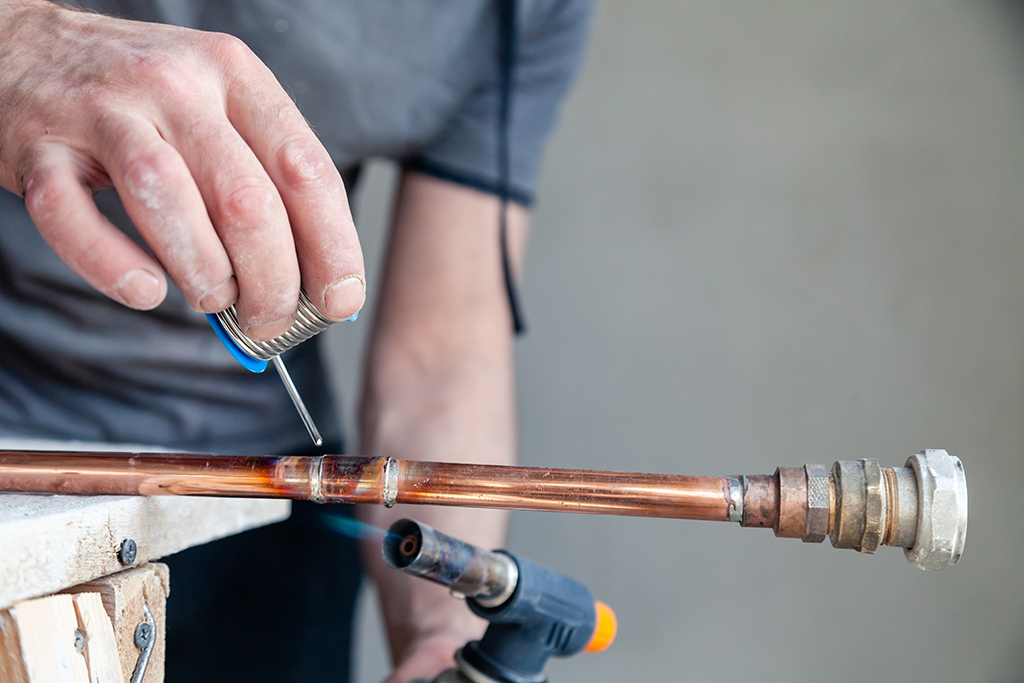


















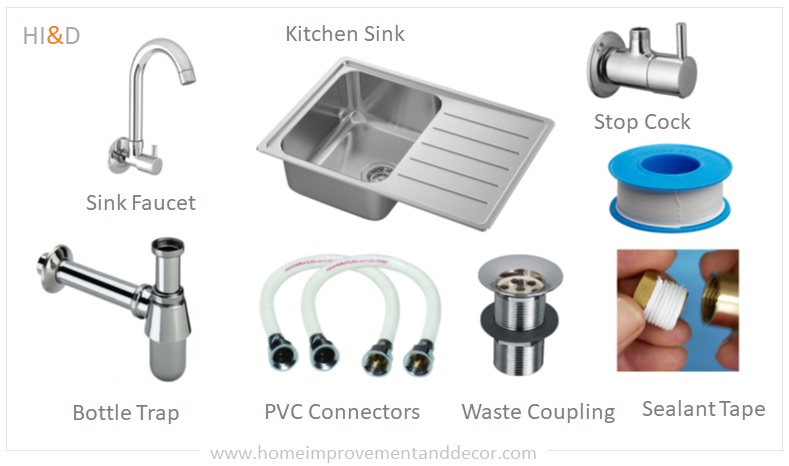







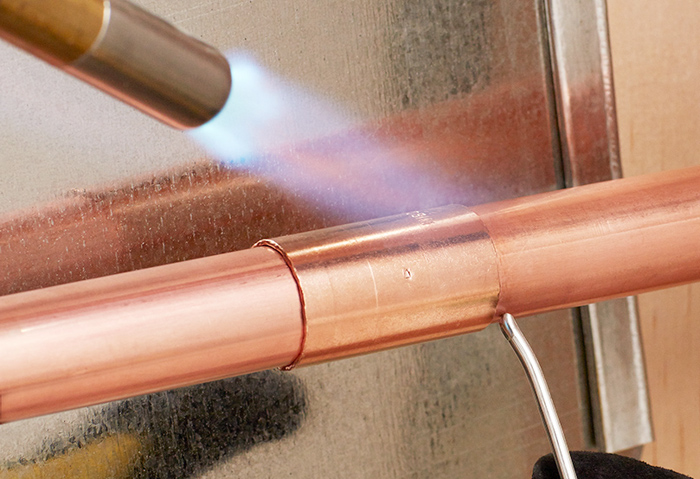



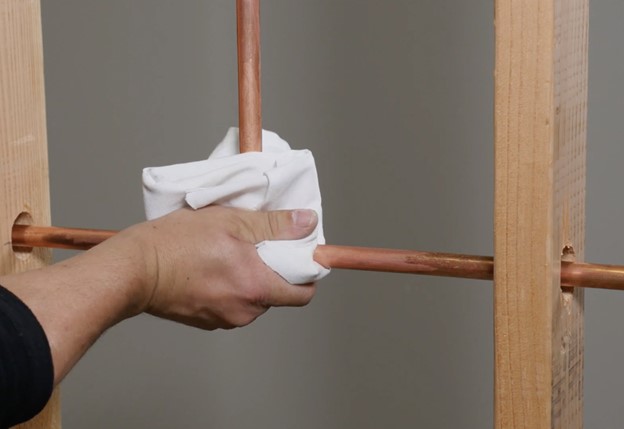



/ReplaceCopperWithPEXMain-565ca15a5f9b5835e47800bb.jpg)













